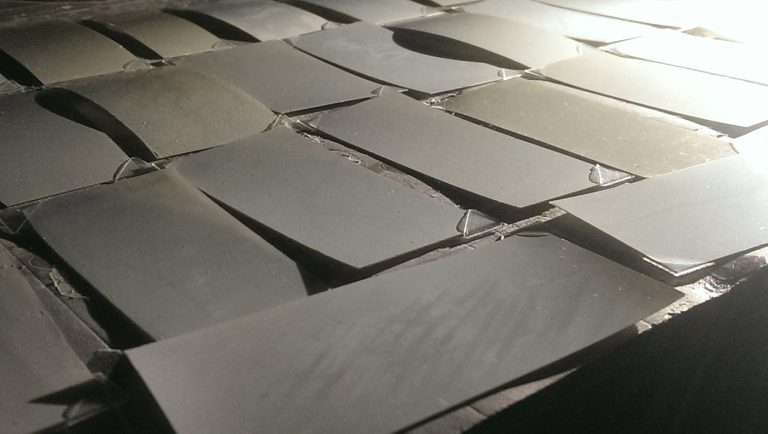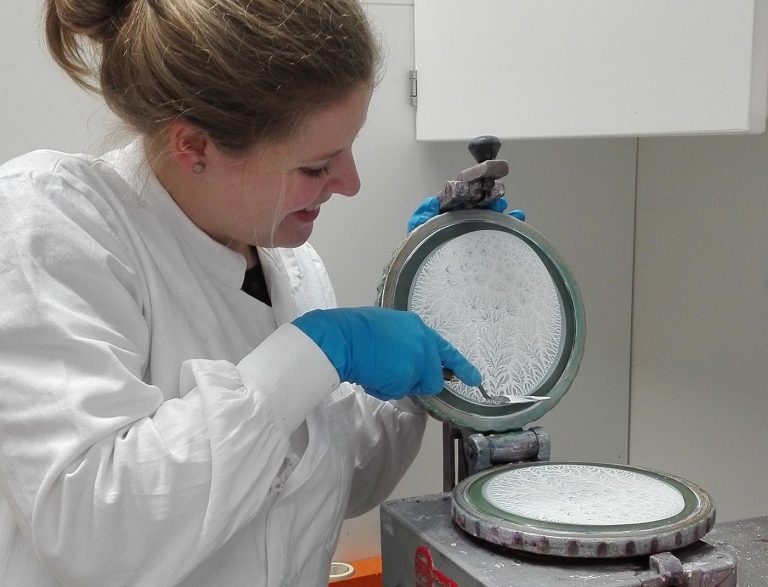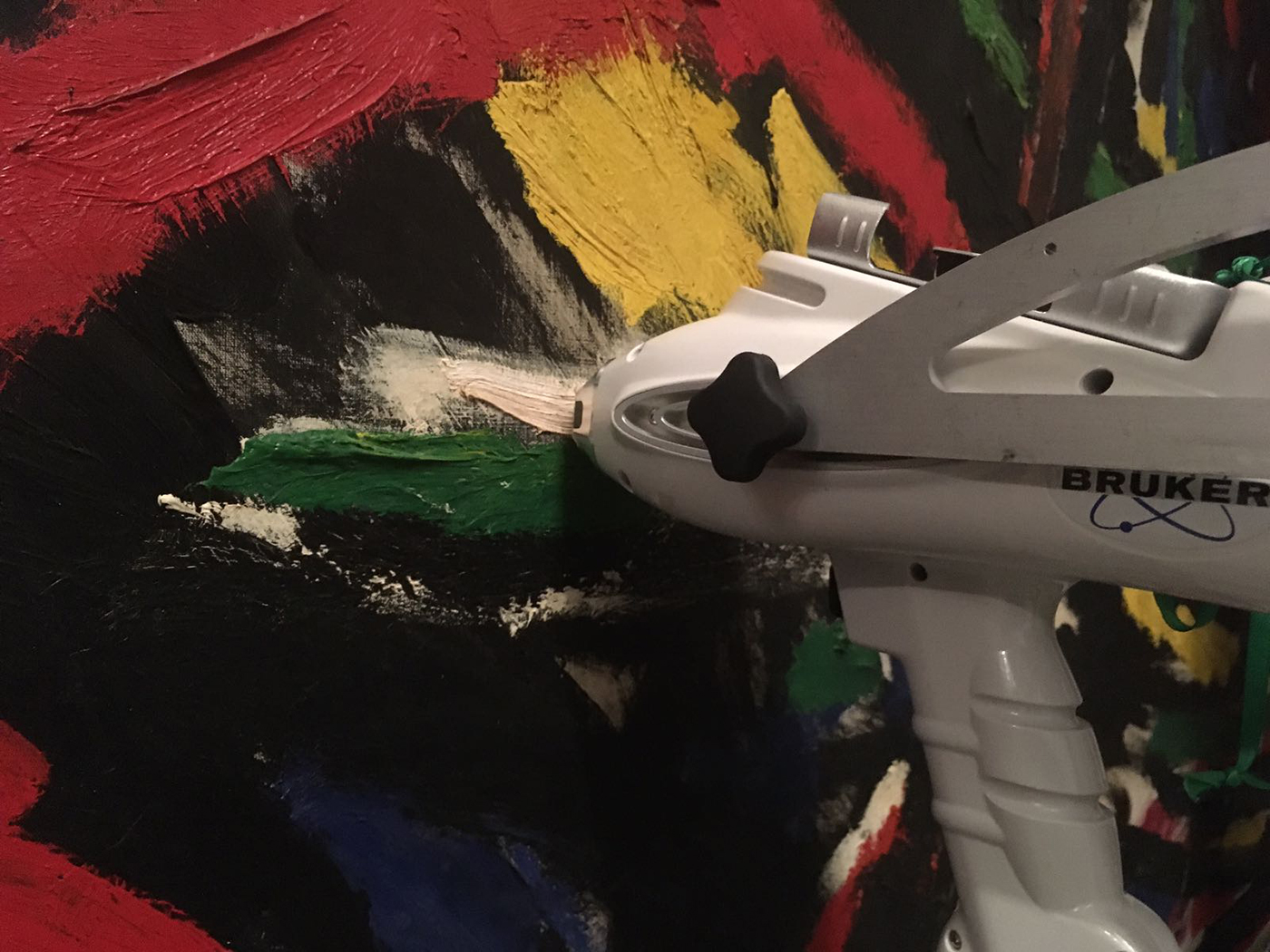What do Picasso, Mondriaan and Jackson Pollock have in common? They used white paint, titanium white, that may crumble under the influence of UV light. Dr Birgit van Driel recommends appropriate shielding of vulnerable paintings.
Based on her PhD research into various formulae of titanium white paints and their response to accelerated ageing, material scientist Dr Birgit van Driel says art curators would do well to test their late 20th century paintings on UV sensitivity and take proper precautions.
Otherwise, white paint will turn into loose dust, a process called ‘chalking’. Although the decay hasn’t yet occurred, Van Driel is confident it will happen within the next 50 to 500 years. “Which is really not such a long time for a work of art,” she adds.
Titanium dioxide emerged as an alternative white pigment to lead oxide or zinc oxide in the 20th century when the health risks of lead oxide had become clear. In the US, titanium dioxide started to be introduced in the 1920s. Europe lagged behind, following in the second half of the century. Titanium dioxide is also used as white pigment in toothpaste, so one can assume it carries no health risk.
Its risk to art depends on the effect UV radiation has on the titanium white pigment. When a high-energy photon hits a TiO2 molecule, it creates a free electron and a positive ‘hole’. If these get separated and emerge at the surface of the pigment, they will react with water or oxygen to form free radicals. This process is called photocatalysis. Free radicals break the chemical bonds in the paint’s binder. Without the binder, the paint turns into powder, only loosely connected to the support layer.
 Test samples for UV exposure. (Photo: Birgit van Driel)
Test samples for UV exposure. (Photo: Birgit van Driel)Van Driel did accelerated ageing tests with various titanium pigments exposed to intense ultraviolet radiation. From these tests, she learned that the visible change, the chalking, occurred suddenly and rapidly in the last phase of the decay process. In other words, modern artworks may look unaffected, but the damage may build up unnoticed.
Depending on the crystal structure and the surface treatment of the pigments, there is ‘good’ (coated rutile) and ‘bad’ (uncoated anatase) titanium dioxide. How to distinguish between the two materials? The portable X-ray fluorescence spectrometer (pXRF) can distinguish between lead, zinc and titanium white.
 Van Driel studies UV-sensitivity. (Art Ness Proano Gaibor)
Van Driel studies UV-sensitivity. (Art Ness Proano Gaibor)The photocatalytic activity can be tested with a special ink, staining a tiny flake of white paint under a microscope.
 Van Driel mixing paint. (Photo: Maranthe Lamers)
Van Driel mixing paint. (Photo: Maranthe Lamers)There are a lot of variables influencing paint behavior such as fillers, binders, additives and pigment quality. That prompted Van Driel to resort to making her own range of white paints. More details can be found in her thesis.
Van Driel advocates a risk assessment for 20th century paintings and setting up a management strategy which can vary from storage in the dark to UV shielding either on object or building level.
- Birgit Anne van Driel, Titanium white, Friend or Foe?, Understanding and predicting photocatalytic degradation of modern oil paintings, PhD supervisor Professor Joris Dik (3mE), 9 May 2018.
- This PhD project was carried out in a collaboration between Delft University, The Cultural Heritage Agency of the Netherlands, The Rijksmuseum and AkzoNobel.
Do you have a question or comment about this article?
j.w.wassink@tudelft.nl


Comments are closed.